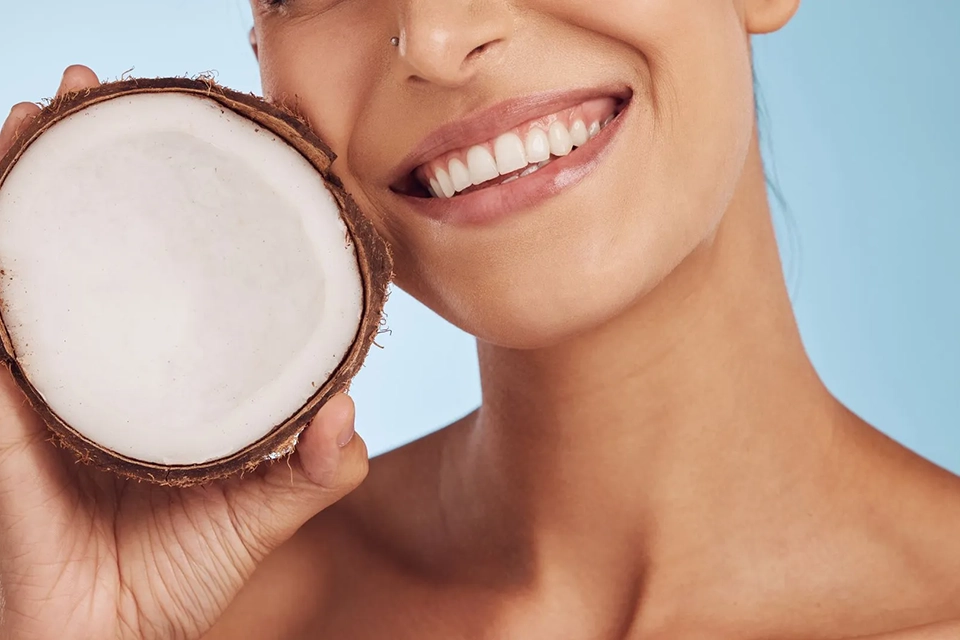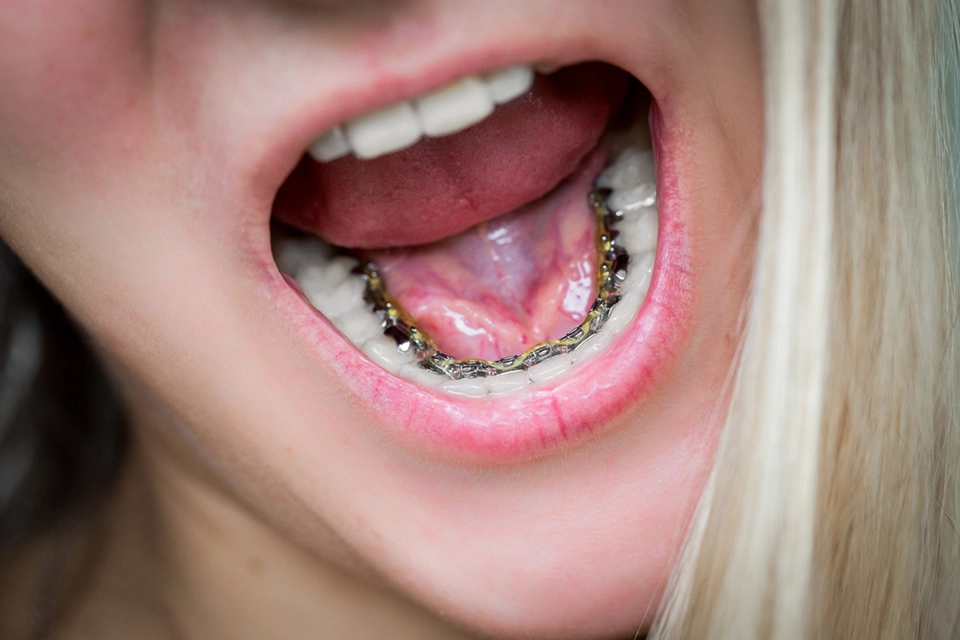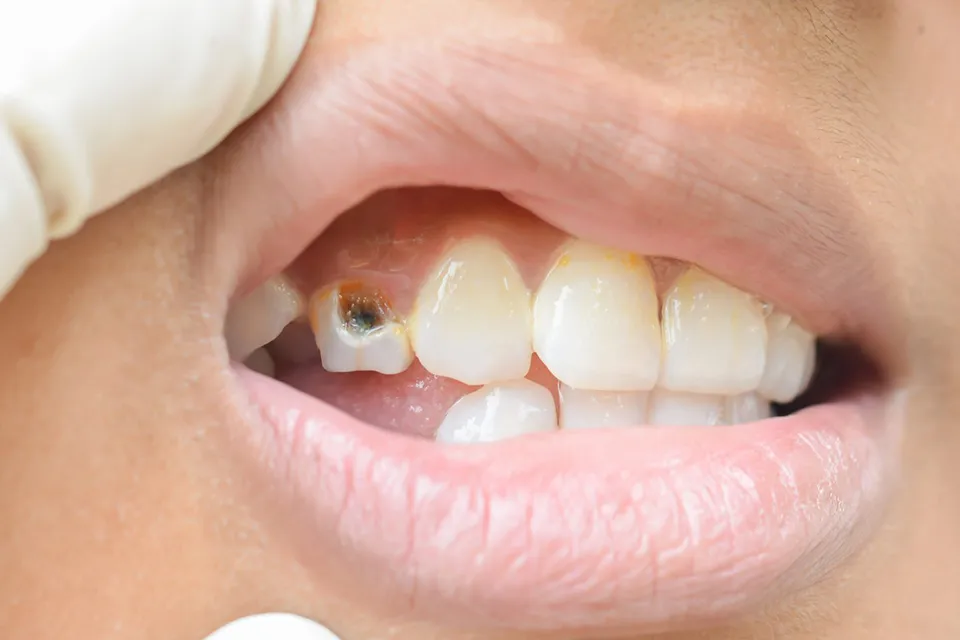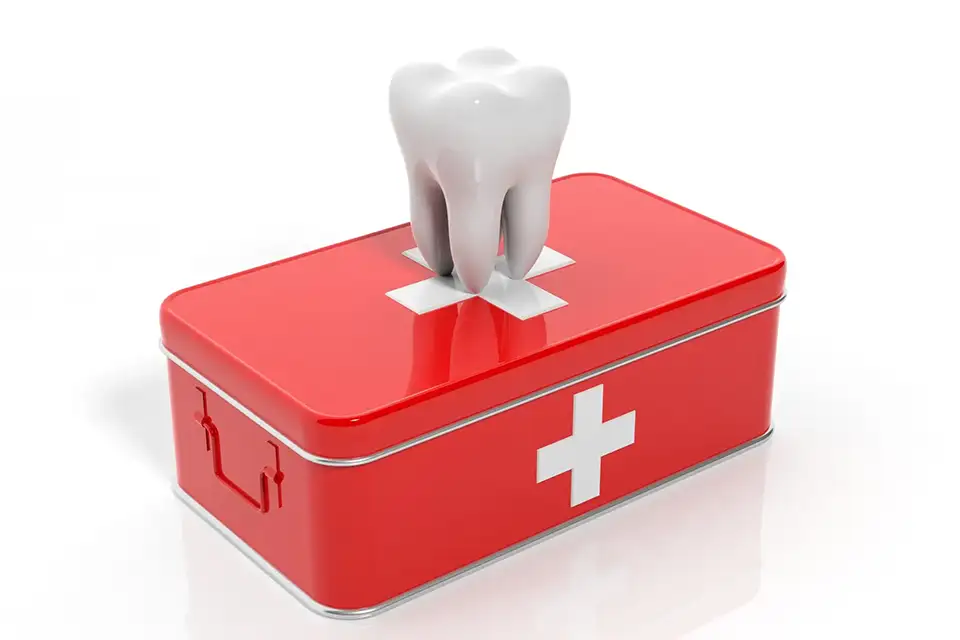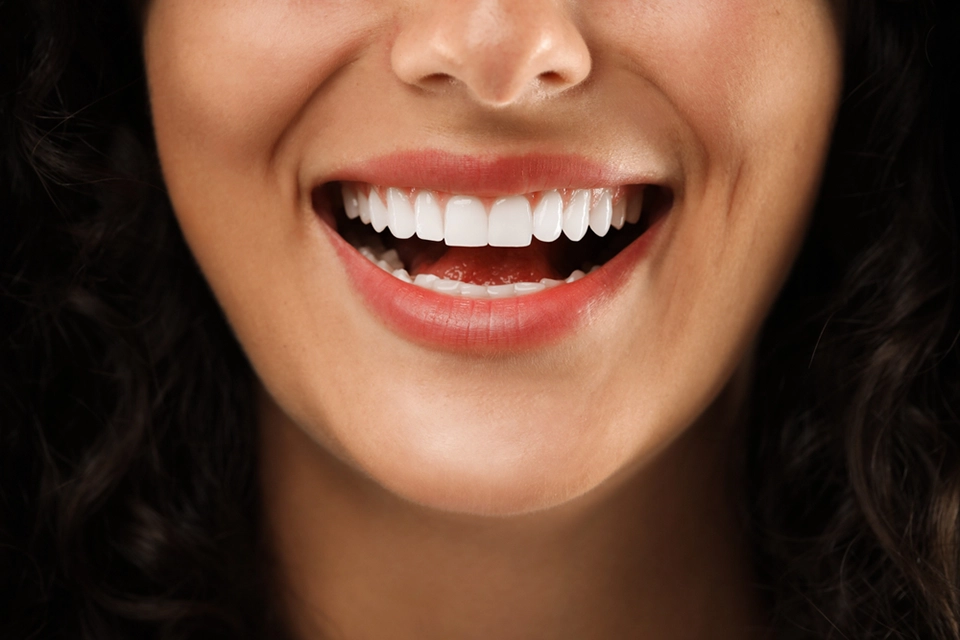When it comes to restoring or enhancing teeth, two terms are frequently used in dental conversations: dental cap and dental crown. While many people use these terms interchangeably, they have subtle nuances worth exploring. Understanding these differences can assist you in making more informed decisions about your oral health and selecting the best solution for your specific requirements. Furthermore, Zara Dental in Houston, Texas, is here to educate our patients about these critical dental restorations and their role in maintaining a healthy, beautiful smile.
What is a Dental Cap?
A dental cap is a protective covering over a damaged or cosmetically flawed tooth. It acts as a shield, protecting the tooth from further damage and improving its appearance.
Uses of a Dental Cap
- Minor Damage: Caps are suitable for teeth with minor chips, cracks, or fractures that do not need extensive reconstruction.
- Cosmetic Enhancement: They can improve the appearance of discolored or misshapen teeth, resulting in a more uniform smile.
- Reinforcement: Caps support slightly weakened teeth, ensuring they remain functional for years.
Dental caps can blend in with your natural teeth, making them a popular choice for patients who want both functionality and appearance.
What is a Dental Crown?
A dental crown is a custom-made restoration that completely encases a tooth to restore its shape, size, strength, and appearance.
Uses of a Dental Crown
- Restoration: Crowns are practical for teeth with extensive decay, large fillings, or significant structural damage. They restore the tooth’s full functionality and appearance.
- Protection: They prevent weak teeth from cracking or breaking; dentists frequently use them as the final step in root canal therapy.
- Aesthetic Improvement: Crowns can correct irregularly shaped or severely discolored teeth, resulting in a more harmonious smile.
Materials for Dental Crowns
Dental crowns are made from a wide range of materials, including:
- Ceramic and Porcelain: These materials mimic the natural appearance of teeth, and dentists commonly use them for front teeth.
- Gold and Metal Alloys: Dentists widely use these long-lasting materials for molars that endure intense chewing forces.
- Porcelain-Fused-to-Metal (PFM): This material combines metal strength with porcelain aesthetics.
Differences Between Dental Caps and Crowns
While dental caps and crowns serve similar purposes, several key differences exist between them:
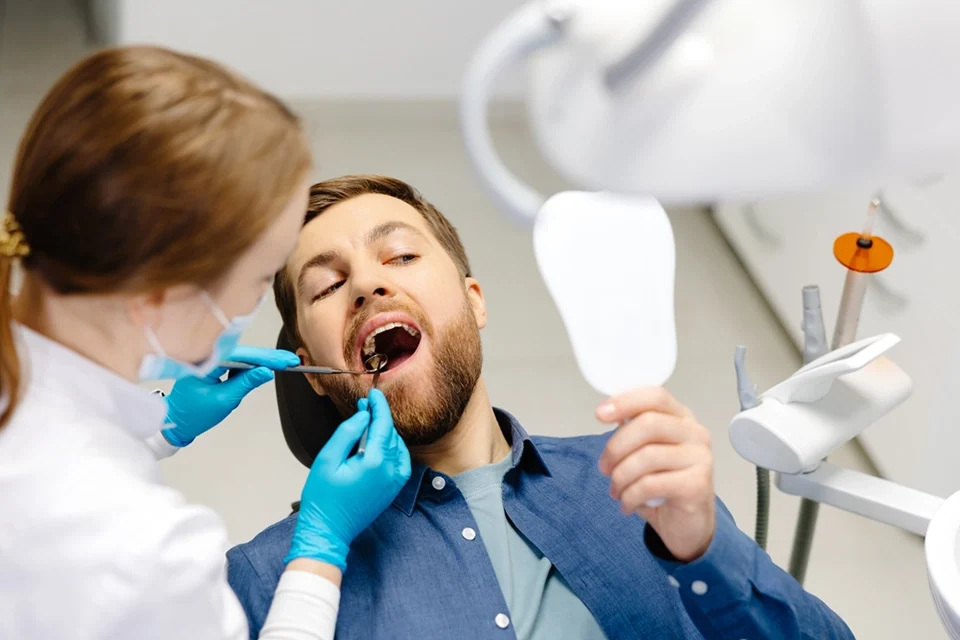
Terminology
- Cap vs. Crown: The term “cap” is more colloquial and frequently used by patients to describe the restoration, whereas the professional term “crown” is commonly used by dentists. Moreover, both refer to the same type of dental solution, but the language may differ depending on the context.
Materials
The following materials are suitable for use as caps and crowns:
- Ceramic and Porcelain: Suitable for visible areas of the mouth.
- Metal Alloys and Gold: Long-lasting options commonly used for molars.
- Porcelain-Fused-to-Metal (PFM): Aesthetic yet strong.
Applications
- Functional Needs: Dentists often choose crowns for teeth that require significant structural reinforcement due to decay or injury.
- Aesthetic Needs: Caps can treat minor cosmetic issues like discoloration or unevenness.
Procedure
- The process for placing both caps and crowns typically involves:
- Reshaping the tooth to accommodate the restoration.
- Taking precise impressions to make a custom-fit restoration.
- Installing a temporary cap or crown while the permanent one is fabricated.
- Cementing the final restoration securely onto the tooth.
Lifespan and Durability
- Metal-based crowns typically have a longer lifespan than all ceramic or porcelain options.
- Proper oral hygiene and regular dental checkups are essential for extending the life of both caps and crowns.
Cost Differences
- Metal crowns are usually more affordable.
- All ceramic and porcelain options are more expensive due to their superior aesthetics.
Pros and Cons of Dental Caps and Crowns
Pros
- Protection: They safeguard teeth from further decay or damage.
- Aesthetic Enhancement: They improve the appearance of your smile, giving you more confidence.
- Durability: Caps and crowns can last many years with proper maintenance.
- Customization: Each restoration matches your natural teeth in color, size, and shape.
Cons
- Cost: High-quality materials and expert craftsmanship come at a price.
- Potential for Wear: Porcelain and ceramic options can chip or wear over time, especially if not properly cared for.
- Maintenance: Regular dental visits and good oral hygiene are necessary to maintain the integrity of the restoration.
Dental caps and crowns are essential in restorative and cosmetic dentistry, allowing patients to protect and enhance their teeth. Although the terms are frequently used interchangeably, understanding their differences can help you determine the best option for your needs. Furthermore, at Zara Dental in Houston, Texas, we are committed to delivering personalized solutions and expert care to each patient.
Contact us today to schedule a consultation and learn how dental caps or crowns can improve your smile while protecting oral health!


